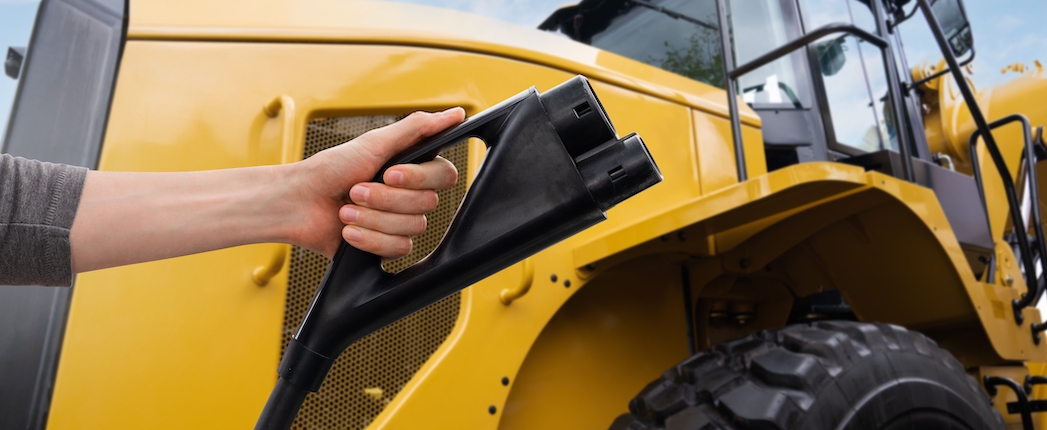
A tough electrification nut to crack has been construction vehicles. Some thought the size and cost of batteries needed to move these hulking pieces of equipment were too great. Since the 2010s, lithium-ion battery technology has scaled up enough to meet requirements. Now that this segment is emerging, how will the choice of construction EV batteries affect thermal management fluid demand?
A new report by research firm IDTechEx speculates which of the several battery chemistries will prevail in this emerging e-mobility segment. Not all lithium-ion batteries are the same, it points out, and this could have implications for developers of thermal management fluids.
Of the two main battery cathode chemistries, two stand out in the market – nickel-manganese-cobalt and lithium-iron-phosphorus. Each has specific properties and makes them more common in certain markets. This can include the availability of materials and cost.
European and North American original equipment manufacturers favor NMC technology. NMC batteries tend to have better energy and power densities but at a cost premium and higher risk of thermal runaway.
Chinese OEMs tend toward LFP batteries, which have the performance specification that suit construction vehicles but without the cost of an NMC battery and lower toxicity of materials. They are also more thermally stable, offering enhanced safety and longer lifecycle. Chinese battery maker CATL claims its LFP batteries last for 1.6-million kilometers.
An LFP battery has a typical thermal runaway temperature of 270 degrees Celsius. In an NMC battery it is 210 C. This makes heat management for an NMC battery more challenging.
A large energy capacity at low cost are the priorities for a construction vehicle battery. The power demand behavior of many large construction vehicles offsets LFPs’ 30% less power density.
LFP batteries can be air cooled, which is another potential advantage. This is bad news for any lubricant company wanting to dip its toes into the growing thermal management fluid market.
“The success of electric vehicles in the construction industry will largely be determined by battery prices being low enough that the total cost of ownership is cheaper than diesel alternatives,” said Dr James Jeffs, senior technology analyst at IDTechEx said in a press release.

Sorry, a technical error occurred and we were unable to log you into your account. We have emailed the problem to our team, and they are looking into the matter. You can reach us at lubesngreases@omeda.com.
Click here link to homepage